In the Hills of Judea Tour, we will talk about famous Heroic Battles. Among other sites, we’ll Explore Ancient Lachish. Towards the end of the previous day, we were just kind of scraping the surface about the Assyrian’s conquest through the Land of Israel. Today we will dedicate some more time learning about the Assyrian military campaign through the Kingdom of Judah. But before diving into the subject we would need some initial background. So in 721 BCE, the Assyrian army captured the Israelite capital at Samaria; and carried away the citizens of the northern Kingdom of Israel into captivity.
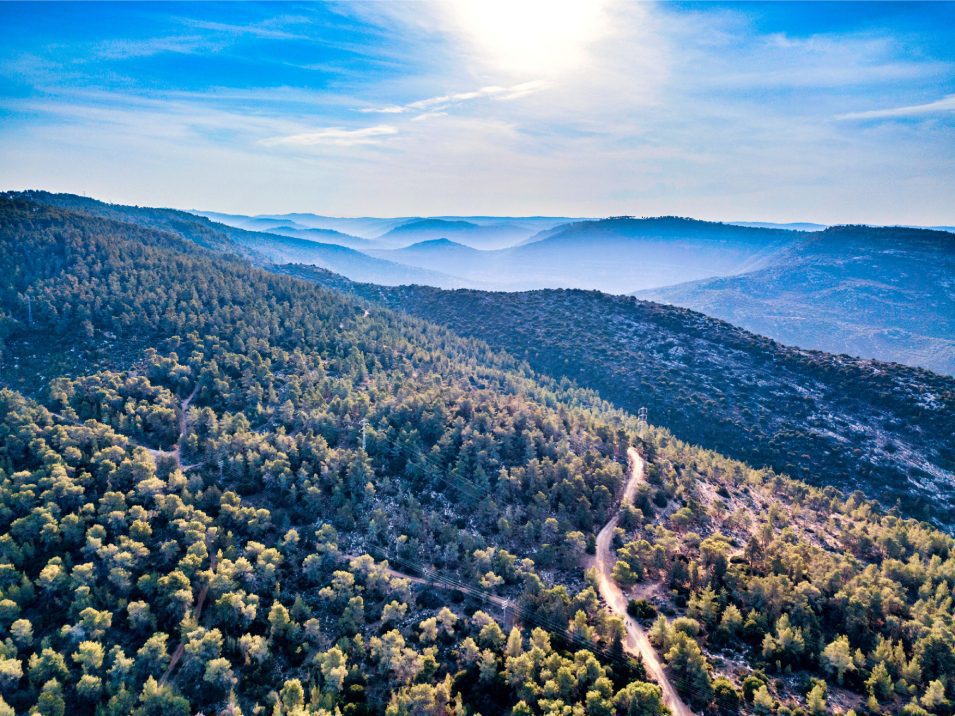
The virtual destruction of Israel left the southern kingdom, Judah to fend for itself among warring Near-Eastern kingdoms. After the fall of the northern kingdom; the kings of Judah tried to extend their influence and protection to those inhabitants who had not been exiled. They also sought to extend their authority northward into areas previously controlled by the Israeli kingdom.
The latter part of the reigns of King Ahaz and King Hezekiah were periods of stability. During which Judah was able to consolidate both politically and economically. Although Judah was a vassal of Assyria during this time and paid an annual tribute to the powerful empire; it was the most important state between Assyria and Egypt.
When Hezekiah became king of Judah, he initiated widespread religious changes; including the breaking of religious idols. He re-captured Philistine-occupied lands; formed alliances with Ashkelon and Egypt. And made a stand against Assyria by refusing to pay tribute. In response, Sennacherib attacked Judah, laying siege to Jerusalem. But the way to Jerusalem must pass through the second most important city in Judah – Lachish!
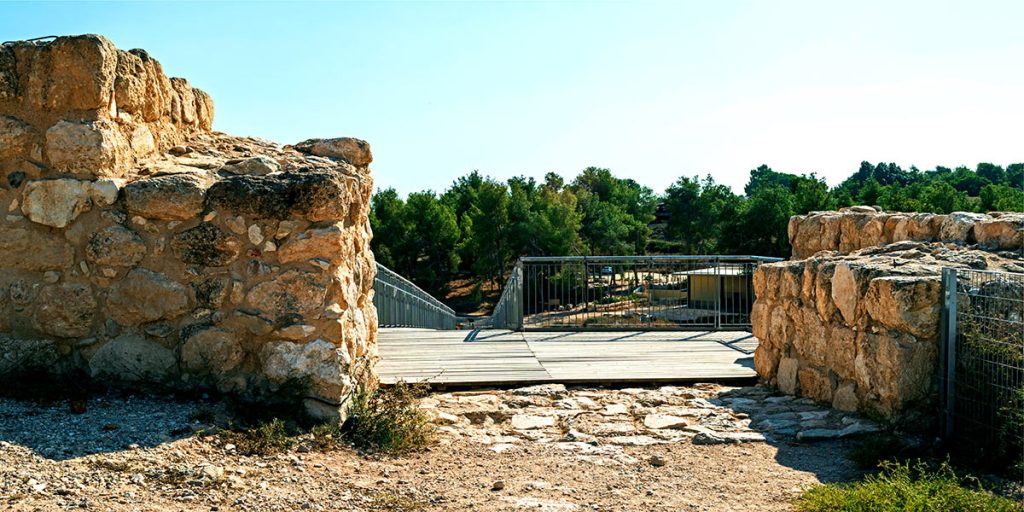
Hills of Judea Tour: Tel Lachish
Do you remember those five Amorite kings that allied against the Israelites when they swept through the land? So yes Japhia, the Canaanite King of Lachish, is listed as one of the Five Amorite Kings that allied to repel the invasion.
After a surprise attack from the Israelites, the kings took refuge in a cave, where they were captured and put to death. Joshua and the Israelites then took the city of Lachish after a two-day siege, exterminating the populace. In 12:11, the King of Lachish is mentioned as one of the thirty-one kings conquered by Joshua. The city is assigned to the Tribe of Judah in 15:39 as part of the western foothills.
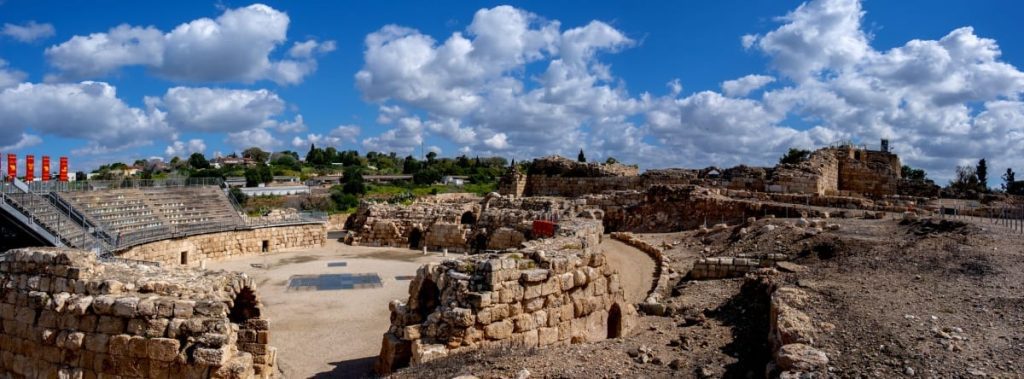
Hills of Judea Tour: Back to the Assyrian Conquest of the Kingdom of Judah
Of the cities in ancient Judah, Lachish was second in importance only to Jerusalem. The rebuilding of the city began in the Early Iron Age during the 10th and 9th centuries BCE when it was part of Judah. The unfortified settlement may have been destroyed c. 925 BCE by Egyptian Pharaoh Sheshonk I. In the first half of the 9th century BCE, under the kings Asa and Jehoshaphat, Lachish became an important city in the kingdom of Judah.
It was heavily fortified with massive walls and ramparts and a royal palace was built on a platform in the center of the city. Lachish was the foremost among several fortified cities and strongholds guarding the valleys that lead up to Jerusalem and the interior of the country against enemies which usually approached from the coast.
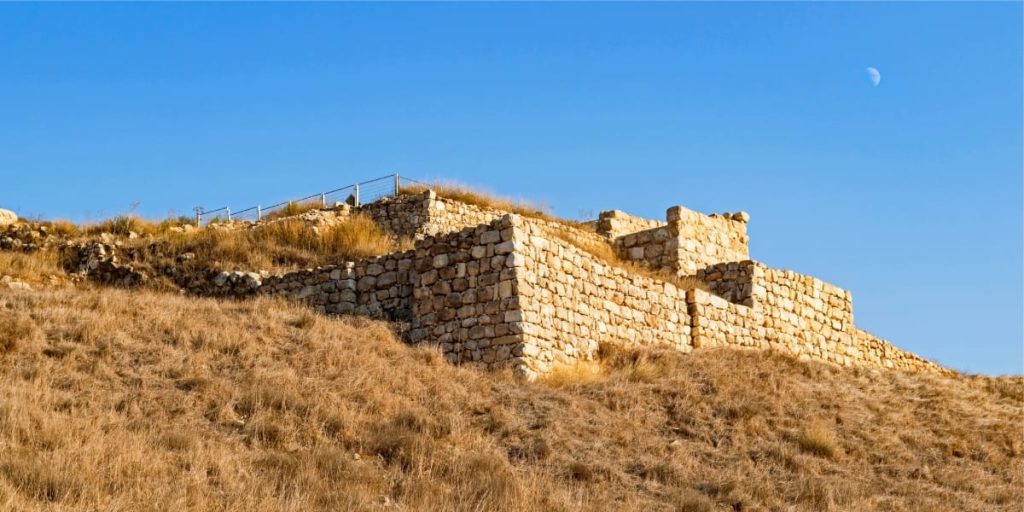
In 701 BCE, during the revolt of king Hezekiah against Assyria, it was besieged and captured by Sennacherib despite the defenders’ determined resistance. Some scholars believe that the fall of Lachish actually occurred during a second campaign in the area by Sennacherib ca. 688 BCE. The site now contains the only remains of an Assyrian siege ramp discovered so far.
Sennacherib later devoted a whole room in his “Palace without a rival”, the South-west palace in Nineveh, for artistic representations of the siege on large alabaster slabs, most of which are now on display in the British Museum. They hold depictions of Assyrian siege ramps, battering rams, sappers, and other siege machines and army units, along with Lachish architecture and its final surrender. In combination with the archaeological finds, they give a good understanding of the siege warfare of the period

Hills of Judea Tour: The Assyrian War Machine
Until the Roman period, the Assyrian war machine was the most efficient military force in the ancient world up until the fall of the empire in 612 BCE. What was the secret to its success on the battlefield? Although the siege engine had been employed earlier in the empire, it was most effectively used during the period known as the Neo-Assyrian Empire (934-610 BCE or 912-612 BCE). The Scholar Simon Anglim writes:
“More than anything else, the Assyrian army excelled at siege warfare; and was probably the first force to carry a separate corps of engineers […] Assault was their principal tactic against the heavily fortified cities of the Near East. They developed a great variety of methods for breaching enemy walls. For example, sappers were employed to undermine walls or to light fires underneath wooden gates.
And ramps were thrown up to allow men to go over the ramparts or to attempt a breach on the upper section of the wall where it was the least thick. Also, mobile ladders allowed attackers to cross moats and quickly assault any point in defenses. These operations were covered by masses of archers; who were the core of the infantry. But the pride of the Assyrian siege train was their engines. These were multistoried wooden towers with four wheels and a turret on top and one or at times two, battering rams at the base.”
‘Fighting Techniques of the Ancient World’, p.186
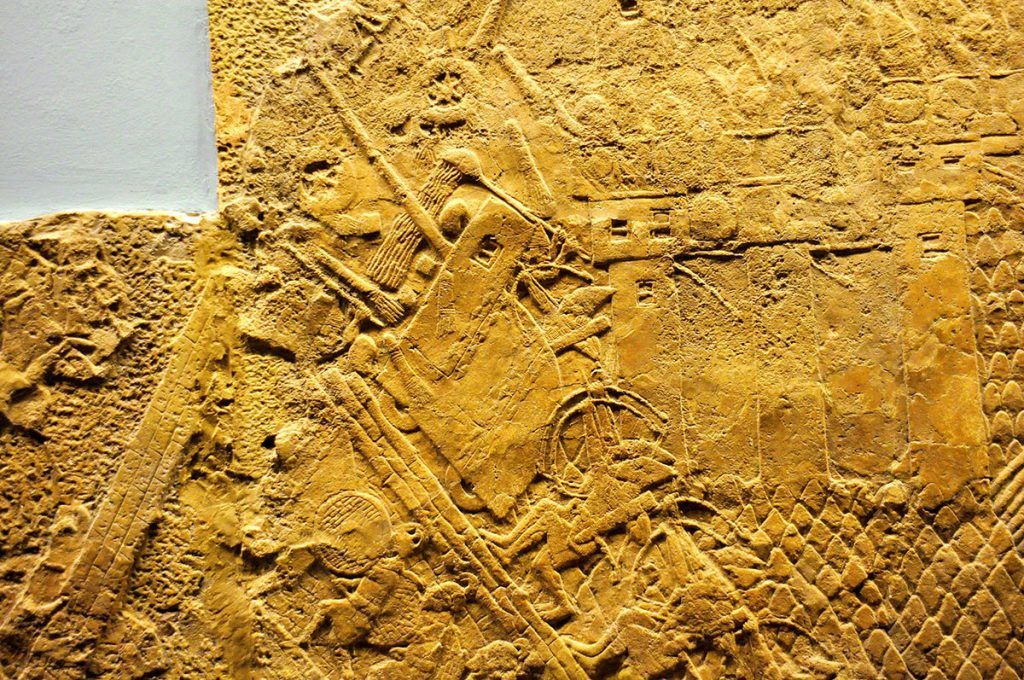
Hills of Judea Tour: Lachish, the Best Documented Assyrian Siege
The best documented Assyrian siege, however, was that of the city of Lachish under Sargon II’s son Sennacherib (705-681 BCE). Sennacherib, like every other Assyrian king, was proud of his military conquests and had them depicted in detail in reliefs that lined the corridors of his palace at Nineveh. The conquest of Lachish was one of the major events of Sennacherib’s invasion of Judah during his third campaign in 701 BCE.
The siege of Lachish (701 BCE) began with Assyrian envoys riding up to the city walls to demand surrender. The people were told that, if they complied, they would be treated well. While, if they resisted, they would suffer the common fate of all who had resisted before them. Even though it was well known that the Assyrians showed no mercy, the defenders of Lachish chose to take their chances and hold their city.
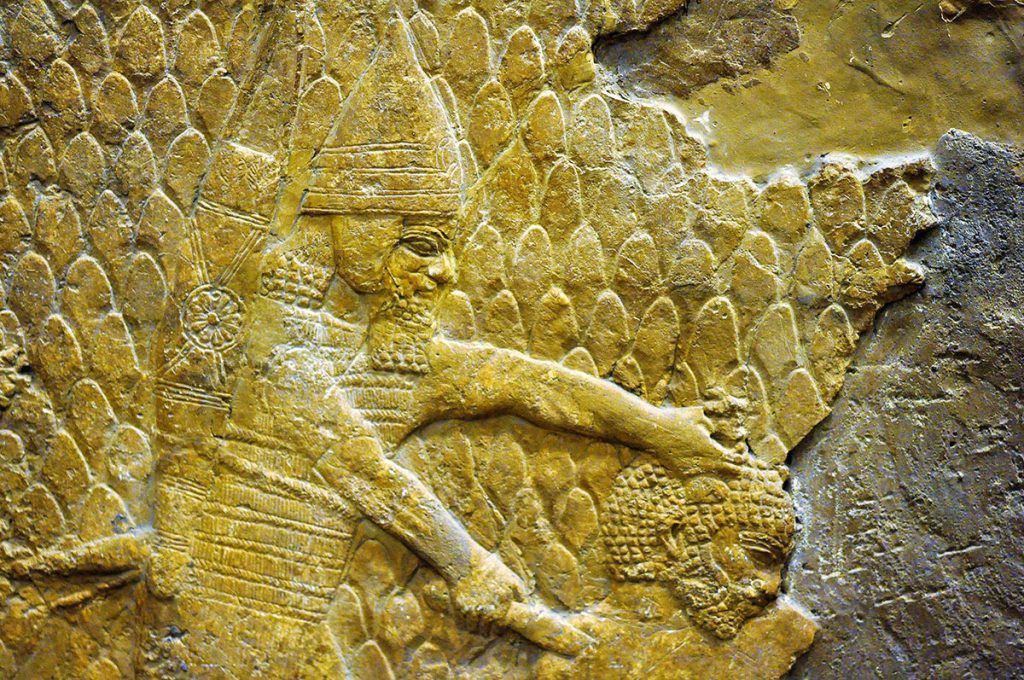
Hills of Judea Tour: The Siege Ramp
The Assyrian siege ramp can still be seen at Lachish. The siege ramp was constructed of tons of bonded cobbles and boulders; topped with a platform to accommodate the wooden siege engines; with frames covered with leather. The siege engines were rigged with battering rams that were mounted on wooden wheels. The reliefs at Nineveh depict five siege engines deployed on the siege ramp at Lachish.
The defenders at Lachish responded by constructing a counter ramp inside the city wall; opposite the Assyrian siege ramp excavated. Till today this is the only known Assyrian siege ramp that had been discovered in the Near East. Excavations have uncovered a vast number of arrowheads from both the Assyrians and the defenders; remnants of weaponry. After the Assyrian victory, the victors impaled some of their captives on the city wall and exiled others. A mass burial of 1,500 people in a nearby cave, an indication of the intensity of the fighting. Lachish would serve as a reminder to other cities of the futility of resisting the Assyrian army.
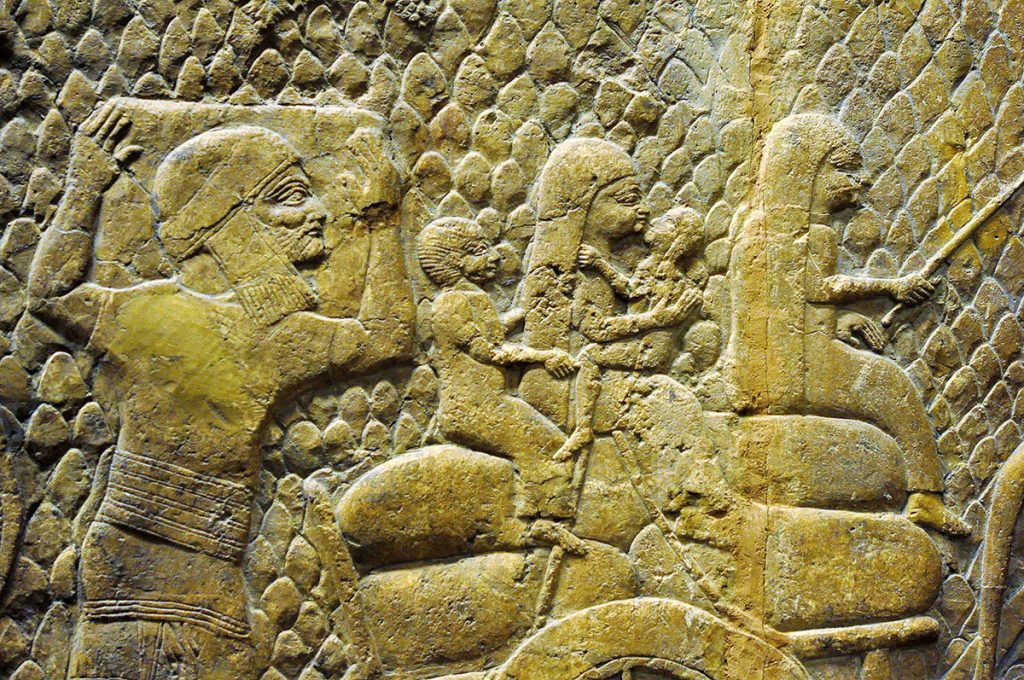
Hills of Judea Tour: The Lachish Letters
After their Judean campaign, the Assyrians did not live in Lachish but gave it and the other conquered cities in Judah to divide between the Philistine kings of Ashdod, Ekron, and Gaza. But apparently, some Jewish inhabitants must have come back, because later the city was again in Jewish hands. From the next siege, this time by the Babylonians in 587 BCE, eighteen Hebrew ostraca (pottery shards) were recovered. They are now known as the Lachish letters.
One of these has a moving message; it was sent from a Judean outpost to the city of Lachish, in warning of the impending Babylonian destruction. It reads: “Let my lord know that we are watching over the beacon of Lachish, according to the signals which my lord gave, for Azekah is not seen.” Lachish and Azekah were the last two Judean cities before the conquest of Jerusalem in the same year, says the prophet Jeremiah (Jer. 34:7). This pottery inscription is now in the Israel Museum in Jerusalem.

Hills of Judea Tour: Bet Guvrin-Maresha National Park
Maresha was one of the cities of Judah during the time of the First Temple and is mentioned as part of the inheritance of the biblical tribe of Judah in the Book of Joshua (Joshua 15:44). Later, in the Second Book of Chronicles, it is named as one of King Rehoboam’s fifteen fortified cities (2 Chronicles 9:8). In 2 Chronicles 14:9-12, it is the site of a battle against an invading Ethiopian army.
According to the Madaba Map, Maresha was the place “whence came Micah the Prophet”. In the 6th century BCE, as a result of Zedekiah’s rebellion against the Babylonian kingdom and its king Nebuchadnezzar II, the latter occupied the Judean kingdom and sent many of its inhabitants into exile. This marked the end of Maresha as a Judahite city.
Following these events, Edomites who had lived east and south of the Dead Sea migrated to the area. Hence, from the Persian rule and throughout the Hellenistic kingdoms’ rule in the region (6th – 1st century BCE), Maresha was part of the area known as Idumea, a Hellenised form of Edom. If you want to explore more biblical tels in the area; you should check out my Exploring Biblical Tels Tour in the Judaean Hills.
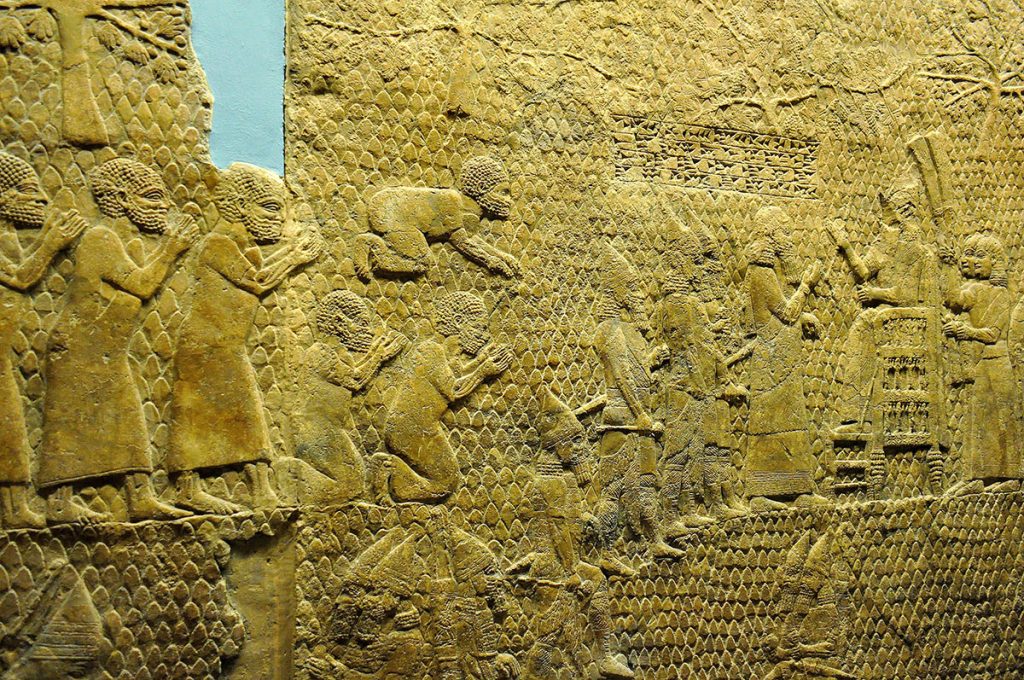
Hills of Judea Tour: Who Were The Edomites?
The Edomites, who have been archaeologically identified; were Semitic people who probably arrived in the region around the 14th century BCE. Archaeological investigation showed that the country flourished between the 13th and the 8th century BCE, and was destroyed after a period of decline in the 6th century BCE by the Babylonians. After the loss of the kingdom, the Edomites were pushed westward towards southern Judah by nomadic tribes coming from the east.
Among them were the Nabataeans, who first appeared in the historical annals of the 4th century BCE and already established their own kingdom in what used to be Edom, by the first half of the 2nd century BCE. More recent excavations show that the process of Edomite settlement in the southern parts of the Kingdom of Judah and parts of the Negev down to Timna had started already before the destruction of the kingdom by Nebuchadnezzar II in 587/86 BCE; both by peaceful penetration and by military means and taking advantage of the already-weakened state of Judah.

Once pushed out of their territory; the Edomites settled during the Persian period in an area comprising the southern Hills of Judea down to the area north of Be’er Sheva. The people appear under a Greek form of their old name, as Idumeans or Idumaeans. And their new territory was called Idumea or Idumaea, a term that was used in New Testament times.
Hills of Judea Tour: Decline and Fall
Maresha emerged as a major Idumean city and with the conquest of the region by Alexander the Great, the city was settled by retired Greek soldiers as was then custom. Thus Maresha developed as a Hellenistic city encompassing a multitude of Greek and oriental cultures including Sidonians and Nabataeans. With the advent of Hellenisation; the settlement pattern changed; as most everywhere in the region. And the city expanded far beyond the constraints of the fortified, raised tell of Iron Age Maresha.
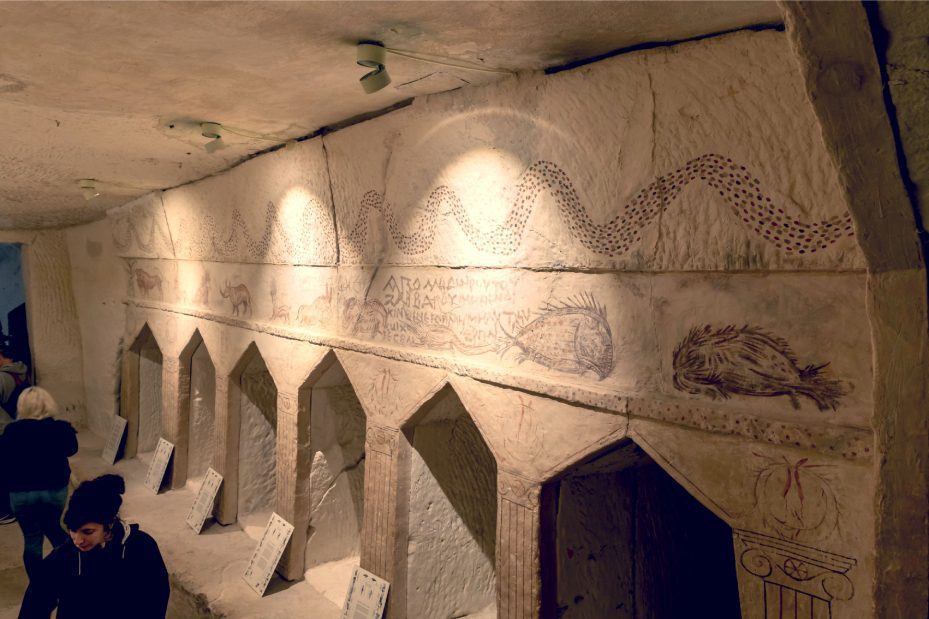
The city began its decline during the Maccabean Revolt against the Seleucid Empire (2nd century BCE) when the city was used as a base to combat the rebels. They were again subdued by Hasmonean king John Hyrcanus (c. 125 BC), who forcibly converted them, among others, to Judaism. And incorporating them into the Jewish nation. Antipater the Idumaean, the progenitor of the Herodian Dynasty along with Judean progenitors, that ruled Judea after the Roman conquest, was of mixed Edomite/Judean origin. Under Herod the Great, the Idumaea province was ruled for him by a series of governors, among whom were his brother Joseph Ben Antipater.
In 63 BCE, as part of the arrangements made by Pompey in the region; Maresha, along with all of Edom, was separated from the Jewish kingdom and returned to Idumea. In 47 BCE Julius Caesar then annexed the city to Judea. Maresha was finally destroyed in 40 BCE by the Parthians as part of the power struggle between Antigonus of the Hasmoneans who had sought their aid and Herod, who was a son of the converted Antipater the Idumaean and was being supported by the Romans.

